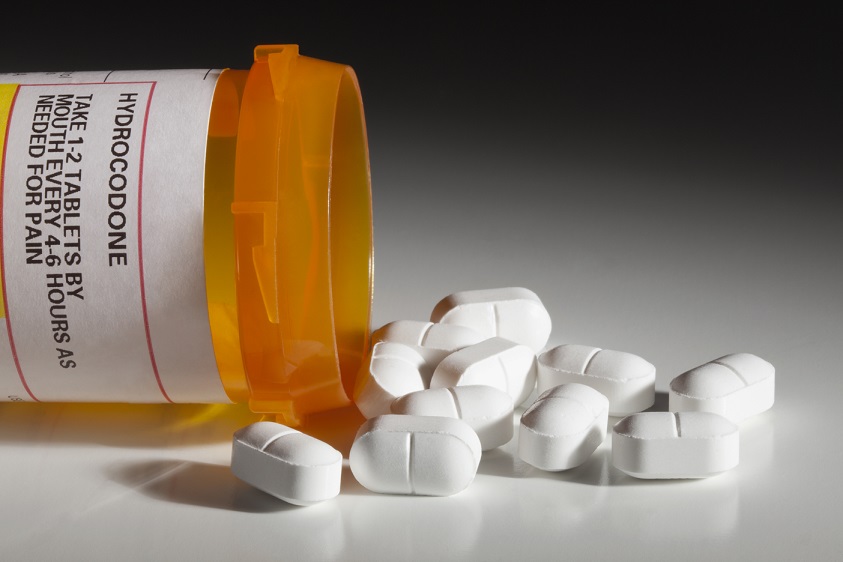 This week marks our second week of posting a report of real time data reported to us from healthcare providers, first responders, law enforcement agencies, and pharmacists in our coordinated response to the alarming increase in opioid deaths in Arizona. The data is cumulative since June 15, with a total of 444 suspected opioid overdoses, 36 of them fatal, reported to ADHS in the past two weeks under Governor Ducey’s executive order for enhanced surveillance.
This week marks our second week of posting a report of real time data reported to us from healthcare providers, first responders, law enforcement agencies, and pharmacists in our coordinated response to the alarming increase in opioid deaths in Arizona. The data is cumulative since June 15, with a total of 444 suspected opioid overdoses, 36 of them fatal, reported to ADHS in the past two weeks under Governor Ducey’s executive order for enhanced surveillance.
Initially the numbers are being reported as “suspected” or “possible” opioid overdoses. Reporting is based on the symptoms the patients had when seen by emergency medical services, healthcare providers, or law enforcement. Based on their best professional judgment and experience, they report if they suspect someone overdosed on opioids. Until there are laboratory test results, though, it cannot be guaranteed that the overdose was from opioids. Our team is working through confirming cases as we get more information.
In addition to learning more immediate information about suspected opioid-related overdoses and deaths, we learned in the first two weeks of reporting, 36 babies were born with possible drug-related withdrawal symptoms. First responders across the state, including emergency medical services and law enforcement personnel, administered a total of 325 doses of naloxone in an attempt to reverse overdoses and save lives since June 15. Pharmacies reported dispensing 160 naloxone kits during the past two weeks.
These numbers are probably lower than what’s actually occurring in our communities because not everyone who is required to report is likely submitting data yet. Our team is conducting training of required reporters to help answer questions and improve reporting. The first Question & Answer webinar for health care reporters was held on June 30, with another scheduled for July 14. A Question & Answer webinar for EMS and law enforcement is being held July 7. For more information on upcoming training opportunities, check out our training calendar.
We continue to update and post new information to our opioid response website. This week we posted:
- Frequently Asked Questions (FAQs) – Opioid Reporting (updated)
- Frequently Asked Questions (FAQs) – Fire, Law and EMS Prehospital Opioid/Opiate Overdose Reporting (updated)
- Opioid Enhanced Surveillance Q & A Webinar Sessions (new)
- Talking Points for Public Opioid Data
After training more than 800 law enforcement officers and other first responders in the last three weeks on how to administer naloxone to someone experiencing an opioid overdose, our EMS team is working on scheduling additional training to occur in Yuma on July 17 and Lake Havasu in the next month. Law enforcement agencies whose staff have completed this training or training consistent with ADHS or AZ-POST standards are eligible for free naloxone.
This week we also released a survey of treatment providers to ascertain the capacity and occupancy for substance abuse treatment in the state. We hope to get a better understanding of the distribution of services across the state, understand the utilization and availability, and better target resources in the future so people suffering from opioid use disorder are able to get the help they need.
We also continue the work on updating the Arizona Opioid Prescribing Guidelines. On Thursday, the CDC released a new Vital Signs report analyzing prescribing patterns across the nation. The data shows wide variability of the amount of opioids prescribed per person by county. While the nation has seen recent declines in opioid prescribing, the amount of opioids prescribed per person was three times higher in 2015 than in 1999. The CDC encourages the use of therapies that don’t involve opioids, and to use opioids only when the benefits outweigh the risks.
You can stay up to date on the latest opioid emergency response activities by visiting our website www.azhealth.gov/opioid. If you’d like to get involved, please let us know.









